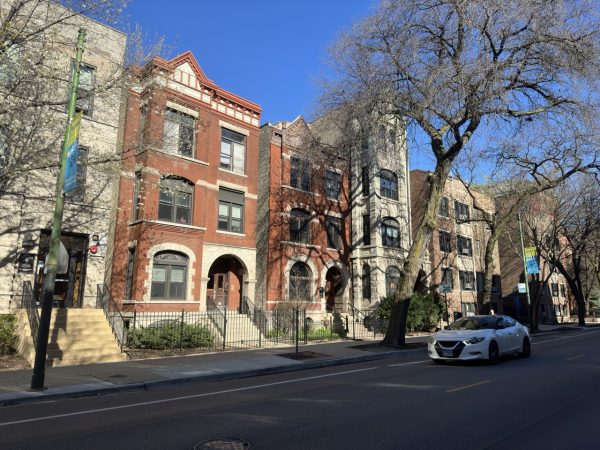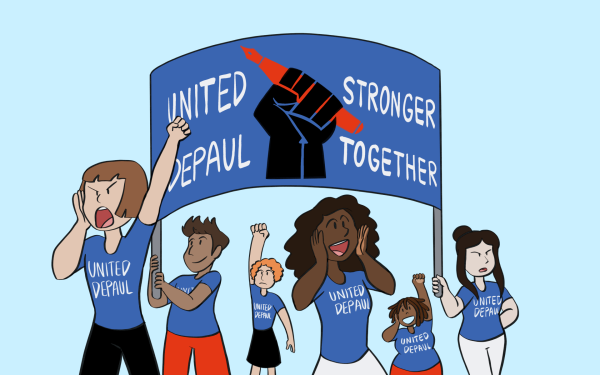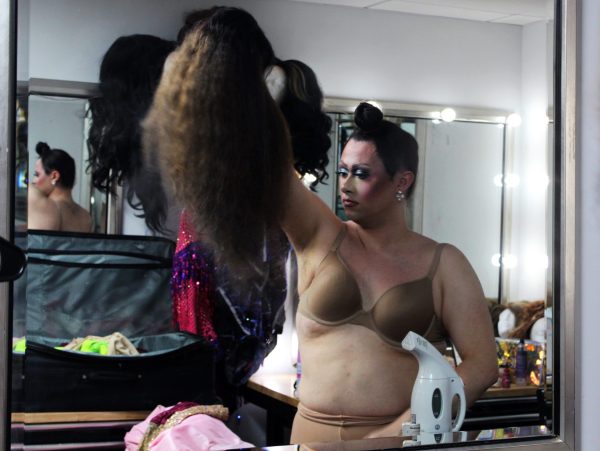Fighting Dirty: Why these UFC veterans are trying to change the MMA business
Christopher Grammer/Wikimedia Commons
UFC fighter Yoshiyuki Yoshida kicks his opponent, Josh Koscheck, during the UFC’s Fight for the Troops event held at the Crown Coliseum in Fayetteville, N.C. Kosheck won the match by knocking out Yoshida 30 seconds into the first round. More than 9,000 Fort Bragg troops attended the charity event which benefitted veterans. (U.S. Army photo by SPC Christopher T. Grammer, 50th Public Affairs Detachment)
Gray Maynard has always made the most with what he’s been given. He’s never thought of himself as an activist, and is more than content to stay out of the public eye. Just this past weekend, he drove to Michigan’s Upper Peninsula to go ice climbing solo.
Now 42, Maynard was once hesitant to air his own payment concerns about the UFC in public. But fighter pay is a hot topic right now. Everyone from heavyweight champion Francis Ngannou to YouTube star-turned-boxer Jake Paul is chiming in on the compensation of MMA athletes.
“Watching other people go through these same struggles makes me think,” Maynard said. “Am I being selfish by not speaking up and telling people how my career went?”
The Contract
The Michigan State All-American wrestler is a fighter’s fighter, and somewhat of a pioneer in the sport’s lightweight division. His epic fights with Frankie Edgar and Nate Diaz, among others, helped popularize the once-overlooked 155-lb. weight class.
Despite this, Maynard spent the latter end of his UFC career locked into a predatory 8-fight contract that he signed in 2014. He was guaranteed just $42,000 per fight, and was pressured by UFC president Dana White to retire only one fight into the deal. Should he have obliged, Maynard would have still been under contract with the UFC, unable to sign with any other promotion.
“Where else am I going to go?” Maynard recalled thinking before re-signing with the UFC in 2014. “My whole career has been there. There weren’t many other options.”
Three years prior, the UFC had bought out its biggest competitor: Strikeforce, a popular MMA promotion based out of San Jose, California. There wasn’t much of a free agency for Maynard to test. And, on a three-fight losing skid, his bargaining power within the UFC was limited.
“At the time, I didn’t have an agent because I had just let him go,” Maynard said. “I was losing the 10% I was paying him; it was a lot.”
Maynard wasn’t your average fighter, either. He was one of the best lightweights in the world. He fought for the UFC lightweight title against Frankie Edgar twice in 2011, drawing in the first and losing in the second bout. In each fight, Maynard earned $42,000 in base pay.
“After my title fights, it really clicked in my head,” he said. “I’m one of the best in the world, and my buddy’s a mortgage guy making three times as much as me. He was a decent mortgage broker, but I’m the best in the world.”
But Maynard wasn’t one to complain or make excuses, so he did what he had done his whole life — he fought on. He did construction side work in an effort to pay his fighting expenses and raise his family comfortably.
“I’ll be remodeling a house one day, then jumping to practice, then jumping on a main event with [Nate] Diaz,” he said. “It’s crazy what I was doing. And I’m proud of that.”
He took fights that, even he admits, he shouldn’t have to progress through his 8-fight deal as quickly as possible.
“Two or three of them I took just to get it over with,” Maynard said. “I wanted to get out of the contract, and there were a couple of times where I definitely wasn’t ready.”
The UFC released Maynard in 2019. He had three fights remaining on the contract.
Image and Likeness
Jon Fitch noticed something off about the UFC’s business practices ever since he signed with the promotion in 2005.
“It felt fishy immediately,” he said. “No other sport operates how MMA does. No other athletes are treated like MMA athletes are. There’s just a sliminess to MMA that was not in anything else.”
Fitch remained one of the sport’s top welterweights throughout his entire UFC run, winning 14 of his 18 bouts in the promotion. A popular fighter that was used to winning, he was never afraid to go against the grain.
“I was not a good company man,” Fitch said. “I shouldn’t have to be — I’m not an employee.”
He’s right. Despite UFC athletes having to wear sponsored uniforms and undergo invasive USADA drug testing, fighters in the promotion are technically independent contractors, not employees. This distinction means that the UFC isn’t obligated to provide fighters health benefits, workers’ compensation, or recognize their right to unionize.
That’s why Fitch was shocked when, in 2008, the UFC asked him to sign away his image and likeness for the UFC Undisputed video game and future merchandising.
“Likeness and image away, forever, for no money,” Fitch said. “And if I died, they could still use my image and likeness for money, for their own profits, and my family would get nothing.”
Fitch initially refused to sign the agreement. He says he woke up one morning to him being cut from the UFC and a war being waged against his gym, American Kickboxing Academy.
“I was going to leave,” Fitch said. “Strikeforce was around at the time and local to me. I was fine with being done with the UFC and their garbage. But when I didn’t immediately come back and sign with them, they started publicly threatening to fire all of my teammates.”
“They threatened to cut Cain [Velasquez], [Josh] Koscheck,” he said. “They said everybody who trained at AKA, everybody who was represented by Zinkin Entertainment, would never get to fight in the UFC again. They put that pressure on me to put Luke Rockhold’s future at risk, Daniel Cormier’s future at risk. It was up to me, apparently, that if I didn’t re-sign with them under this garbage contract, then all of these other guys were going to suffer too.”
Fitch believed that his release from the UFC was a way for the company to publicly put pressure on its fighters to sign the unfavorable agreement.
“The deal was terrible,” he said. “Hardly anybody signed, and they were panicking. So, they took me. I was the highest profile guy they could find that was coming off a loss; I had just lost to Georges St-Pierre.”
So, Fitch signed the contract to protect himself and his teammates. Other hesitant fighters on the roster quickly followed suit. Fitch fought Akihoro Gono at UFC 94 just two months later.
“It scared the sh*t out of everybody,” he said.
Monopoly? Monopsony
14 percent — that was the share of the total revenue paid to the athletes on the UFC 270 pay-per-view in January. The card was headlined by heavyweight champion Francis Ngannou, who is ironically in the midst of his own feud with the UFC over his compensation.
The UFC’s low revenue share is another main point of contention for Fitch and Maynard. For reference, the other major American sports leagues (NFL, MLB, NBA, NHL) pay approximately 50% of generated league revenue to their athletes. In the UFC, that number fluctuates between 10% and 20%.
“We know for a fact how much the UFC spends putting on the shows, and how much they make doing the shows,” Fitch said. “We know how much they’re making. They can easily afford to pay double.”
The revenue share is a common talking point in fighter pay debates since it so clearly contrasts other major leagues. It’s an argument that Dana White continues to downplay when questioned.
“If you don’t like it, go start your own MMA league and pay them whatever you want to pay them. This is mine and this is the way we’re doing it,” White told journalist Manouk Akopyan in 2021.
For Fitch, it’s yet another example of the UFC taking advantage of athletes in a young sport with insufficient competition.
The UFC controls a massive share of the MMA market, an estimated 90%. According to Fitch, if other promotions want to succeed, they have no choice but to follow in the UFC’s footsteps.
“If you have a group of people doing it the honest way against somebody who’s cheating, who do you think is going to win?” he asked.
Due to the substantial share of the market that the UFC commands, they effectively have a monopsony over the MMA industry. A monopsony occurs in a market situation in which there is only one substantial buyer of a product, in this case, MMA fighters.
Because of this, Fitch argues that it is more important than ever for fighters to join a players’ association. This is commonplace in other sports; football has the NFLPA, basketball has the NBPA, etc.
However, it is actually the Screen Actors Guild (SAG) that inspire Fitch and Maynard most.
“Promoters are kind of equivalent to production companies,” Fitch said. “You sign your talent for a short period of time and then they have the ability to go other places. They’re going to get a much bigger revenue split.”
A fighters’ association modeled after SAG could potentially allow for collective bargaining, more liberating contracts, and the chance for athletes to profit from their own image and likeness.
“I really believe that we should be paid off residuals as well,” Maynard said. “How many times has the UFC sold their fight library off to FOX or ESPN?”
An association like this actually exists, though. It’s called the Mixed Martial Arts Fighters Association (MMAFA), and it dates all the way back to 2005.
Class-Action
The issues described by Maynard and Fitch are well-documented and longstanding. Arizona attorney Rob Maysey had noticed the mistreatment of UFC fighters in the early 2000’s. A Brazilian jiu-jitsu practitioner at Cornell University, Maysey attended UFC 44 with his teammates in 2003.
“Gerald [Strebendt] fights Josh Thompson, he loses late in the first,” Maysey said. “A few minutes pass, he comes back into the crowd. He’s asking to borrow money to get home.”
After seeing this, Maysey made it his goal to form a fighters’ association. He started the MMAFA in 2005, and spent the next several years FedExing informational packets to gyms around the country. Maysey wanted to make it clear to fighters that there was an antitrust lawsuit waiting to be filed against the UFC.
“For years, largely nothing happened,” Maysey said.
But in 2012, former UFC welterweight champion Carlos Newton contacted Maysey to get the ball rolling. Other fighters unhappy with the UFC’s effective monopsony followed; Jon Fitch was one of them. Nate Quarry was another.
“Professional sports have always had to band together and fight for legislation and sue for their rights,” Quarry said. “Now it’s our turn.”
Maysey’s MMAFA became the driving force behind the lawsuit against the UFC. The first class-action antitrust complaint was filed on behalf of these fighters in 2014. In 2020, the United States District Court in Nevada granted the plaintiffs class certification, clearing the way for nearly 1200 fighters to potentially be included in the suit.
Maysey says the case is moving slowly, but it’s already put pressure on the UFC to change their ways.
“We believe the UFC has already made changes to the promotional agreements,” he said. “We believe they’ve also altered some of the anti-competitive practices we said they were engaging in.”
The lawsuit is still ongoing, but Fitch, Quarry, and Maysey are all optimistic in the direction it’s heading. Its success could give an association like the MMAFA the power to fix the problems that hinder so many fighters.
“It’s been a long, long journey,” Quarry said. “Having the teeth behind a lawsuit, behind actual legislation, will change the foundation of the sport.”
At the time of writing, Maynard has not joined the class-action suit or taken his own legal action against the UFC. But he fully supports his fellow fighters in their pursuit of a better future for the sport.
“They’re doing a great job,” he said. “I’m just here, trying to offer my two cents and tell my story.”
Maynard, too, remains an optimist. After everything that’s transpired, he doesn’t take what’s happened to him personally.
“It’s just what they do with everybody,” he said.
ㅤㅤ
Information about the MMAFA can be found here.
Information about the UFC class-action lawsuit can be found here.
Maynard, Fitch, Quarry, and Maysey all support boxing’s Muhammad Ali Act being applied to MMA. Information can be found here.


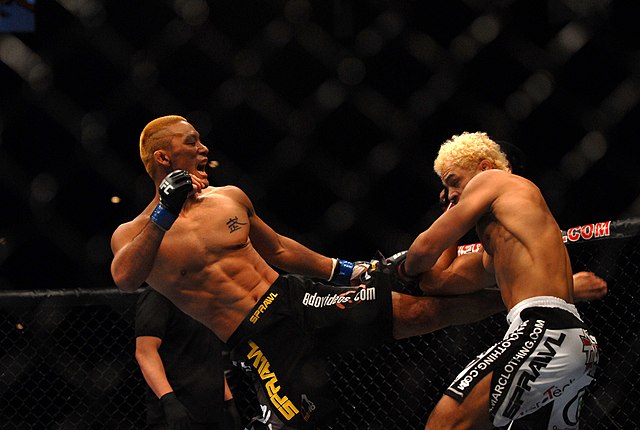





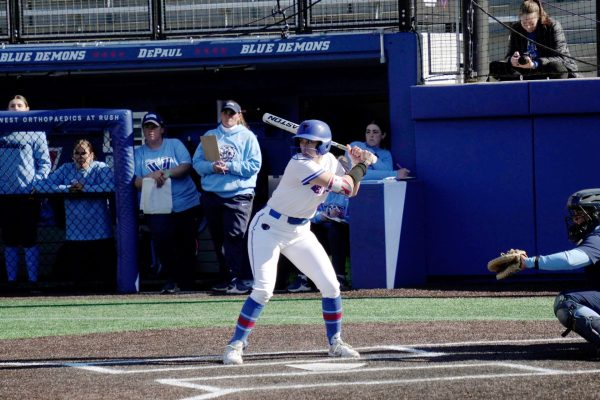
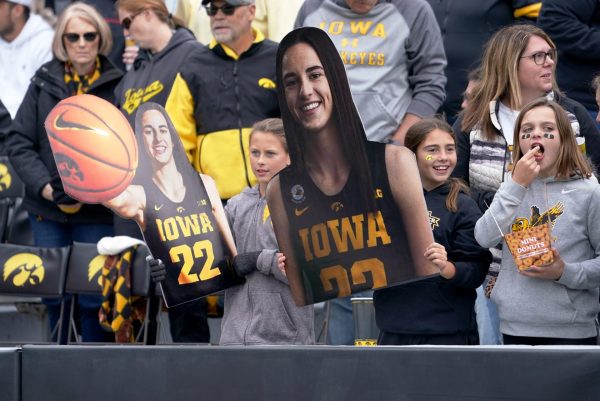
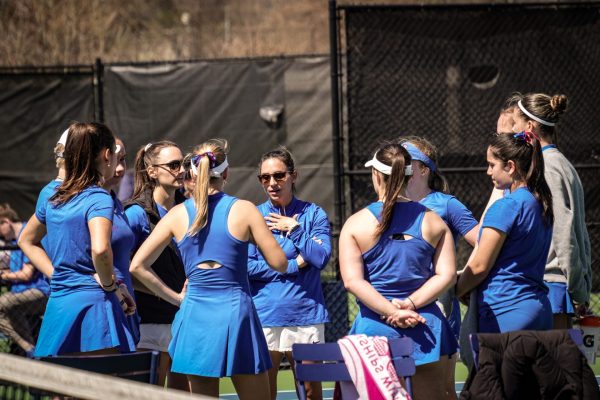
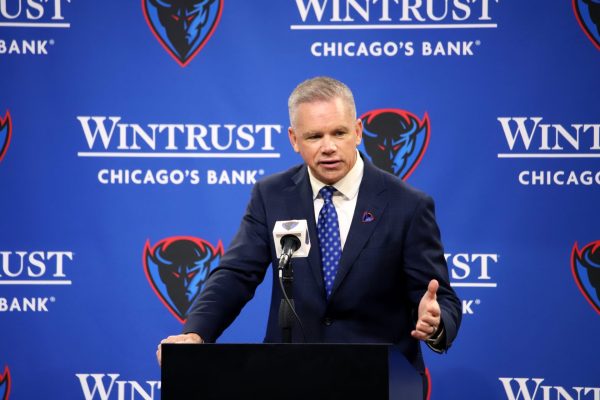
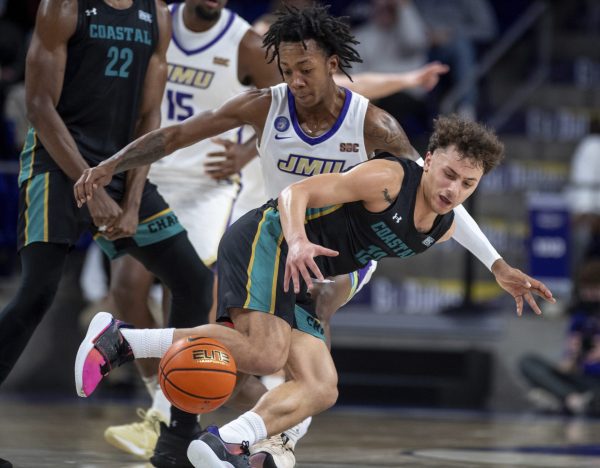
![DePaul sophomore Greta Atilano helps a young Pretty Cool Ice Cream customer pick out an ice cream flavor on Friday, April 19, 2024. Its the perfect job for a college student,” Atilano said. “I started working here my freshman year. I always try to work for small businesses [and] putting back into the community. Of course, interacting with kids is a lot of fun too.](https://depauliaonline.com/wp-content/uploads/2024/04/ONLINE_1-IceCream-600x400.jpg)
